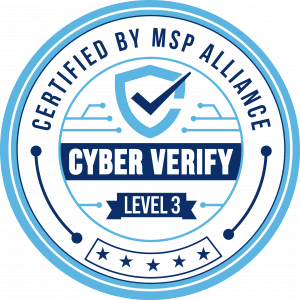
In today’s digital age, securing sensitive customer data is crucial for maintaining trust and complying with various regulations. Data breaches can lead to significant financial losses, legal consequences, and damage to a company’s reputation. Here are some best practices to ensure the security of sensitive customer data:
1. Data Encryption
Encryption is one of the most effective ways to protect sensitive data. It involves converting data into a code to prevent unauthorized access. Ensure that all sensitive data is encrypted both in transit and at rest. Data in transit refers to data being transferred over networks, while data at rest refers to data stored on devices or servers. By encrypting data, even if it is intercepted, it cannot be read without the decryption key.
2. Strong, Unique Passwords
Using strong, unique passwords for all accounts and systems is essential. A strong password typically includes a mix of uppercase and lowercase letters, numbers, and special characters. Avoid using easily guessable information such as birthdays or common words. Additionally, ensure that each account has a unique password to prevent a single breach from compromising multiple accounts.
3. Multi-Factor Authentication (MFA)
Implementing multi-factor authentication (MFA) adds an extra layer of security. MFA requires users to provide two or more verification factors to gain access to an account. This could include something they know (password), something they have (a mobile device), or something they are (fingerprint or facial recognition). MFA significantly reduces the risk of unauthorized access, even if a password is compromised.
4. Regular Audits and Access Controls
Regularly auditing your data storage practices and access controls is vital. Conducting audits helps identify potential vulnerabilities and ensures compliance with security policies. Access controls should be implemented to ensure that only authorized personnel can access sensitive information. This can be achieved through role-based access control (RBAC), where access rights are assigned based on the user’s role within the organization.
5. Employee Training and Awareness
Human error is a common cause of data breaches. Regularly training employees on data security best practices can help mitigate this risk. Employees should be educated on recognizing phishing attempts, using secure passwords, and following company security policies. Creating a culture of security awareness within the organization can significantly enhance data protection efforts.
6. Data Minimization
Data minimization involves collecting only the data that is necessary for a specific purpose and retaining it only for as long as needed. By minimizing the amount of sensitive data collected and stored, you reduce the risk of exposure in the event of a breach. Regularly review and purge unnecessary data to maintain a lean data environment.
7. Secure Data Disposal
Properly disposing of sensitive data is as important as securing it during its lifecycle. Ensure that data is securely deleted from all storage devices and backups when it is no longer needed. This can involve using data wiping software or physically destroying storage media to prevent data recovery.
8. Compliance with Regulations
Stay informed about relevant data protection regulations and ensure compliance. Regulations such as the General Data Protection Regulation (GDPR) and the California Consumer Privacy Act (CCPA) have specific requirements for data protection. Non-compliance can result in hefty fines and legal consequences. Regularly review and update your data protection policies to align with regulatory changes.
9. Incident Response Plan
Having an incident response plan in place is crucial for effectively managing data breaches. The plan should outline steps for detecting, responding to, and recovering from a breach. This includes identifying the breach, containing it, notifying affected parties, and implementing measures to prevent future incidents. Regularly test and update the incident response plan to ensure its effectiveness.
By following these best practices, businesses can significantly enhance the security of sensitive customer data, build trust with their customers, and comply with regulatory requirements. Data security is an ongoing process that requires continuous monitoring, updating, and improvement to stay ahead of evolving threats.






